Regional Cooperation in South Asia: New Dimensions
Synopsis
South Asian region is disastrous prone, yet the magnitude of Official Development Assistance or private flows or Foreign Direct Investment made available has been quite meagre considering the need. The external shocks in the 1970s and the structural adjustment policies in the 1980s further worsened the situation making liberalisation inevitable for the SAARC countries to respond to the challenges posed by the international economic environment appropriately. The basic thrust of the package of economic reforms in the South Asian countries, introduced in a comprehensive manner during the early 1990s, has been to make trade easier through streamlining the whole set of procedures. These countries are largely homogeneous with respect to their perceptions and strategies of development in spite of their asymmetry in a number of factors. The first half of the 1990s witnessed considerable growth in most of the South Asian countries attributed largely to a paradigm shift in development strategy from closed economic policies to a market-friendly strategy. It has not sustained in the later years due partly to the poor and incomplete implementation of reform process, besides several factors like unfavourable political climate. Though these countries emulated the growth process of East and South-East Asia, it has not resulted in any remarkable transformation from the wide spread poverty to prosperity like East Asia. The present volume provides the impact of structural adjustment in SAARC countries on both growth and human development. Incidence of poverty is still quite high in the region and the countries are striving hard to pull themselves out of the clutches of under development and backwardness. The programme of structural adjustment in these countries is incomplete in the sense that the low levels of human development is both a cause and consequence of backwardness and higher incidence of poverty. Intensified cooperative effort among the countries of South Asia could provide answers to some of the unsettled concerns. It is hoped that all concerned with South Asian/SAARC countries would find the volume a useful document.
Read more
18.00
16.2
$
20.00 $
Free delivery Wolrdwidе in 10-18 days
Ships in 1-2 days from New Delhi
Membership for 1 Year $35.00
Get it now and save 10%
Get it now and save 10%
BECOME A MEMBER
Books by the same authors

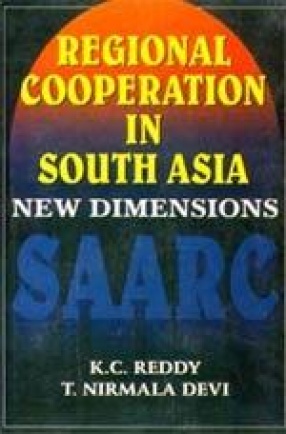
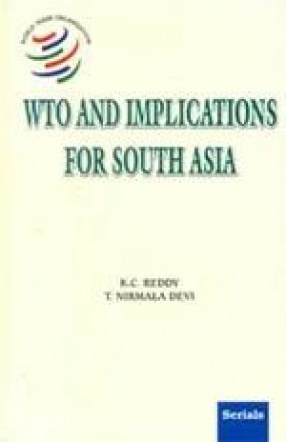
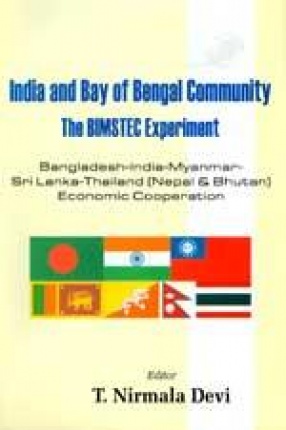
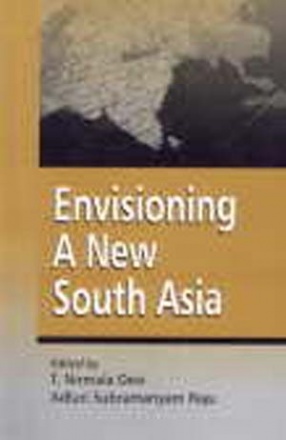
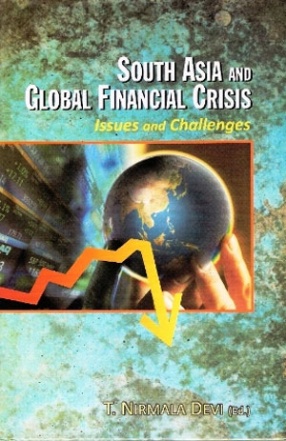
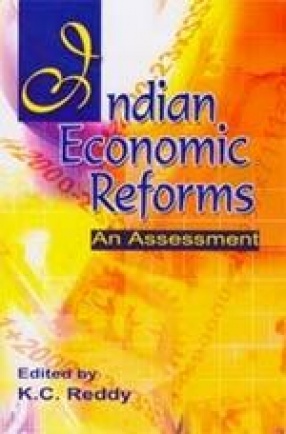
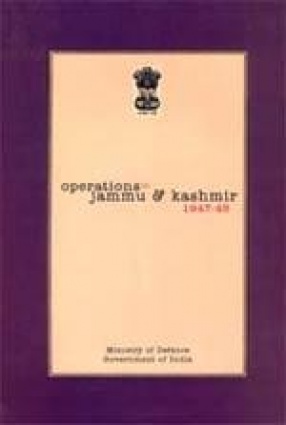
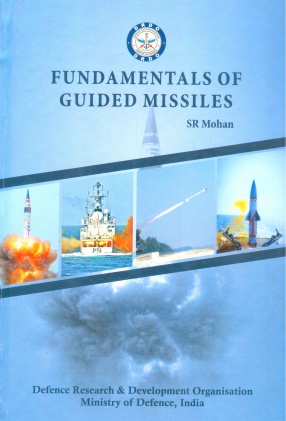
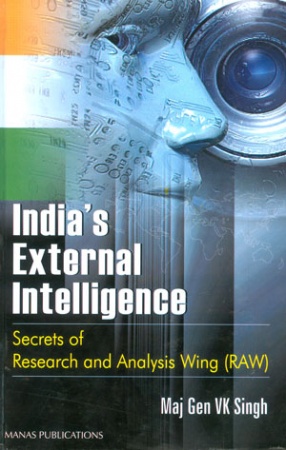
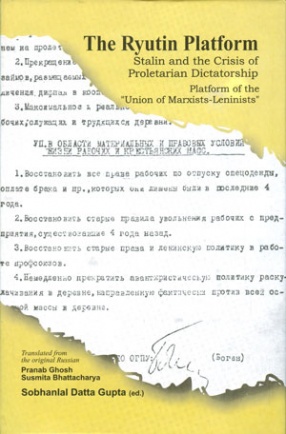

Bibliographic information
K.C. Reddy